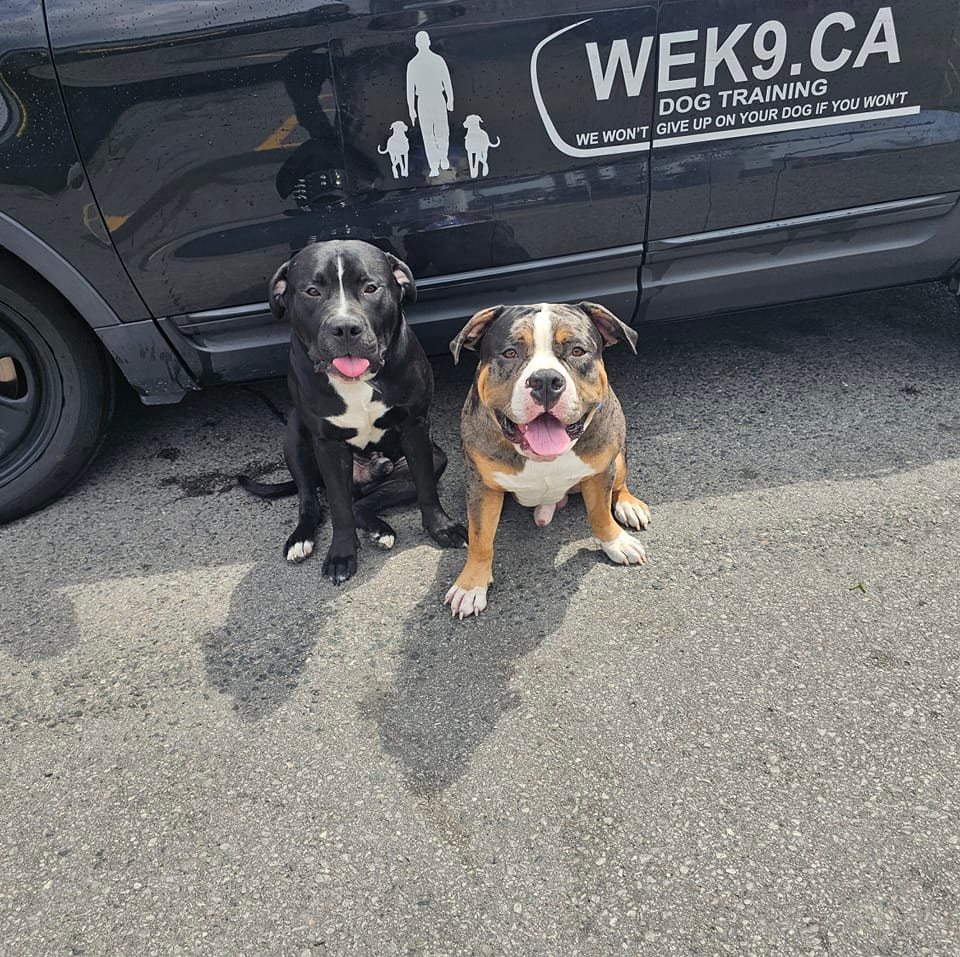Can You Really Help My Challenging Dog?
Absolutely! Whether your dog struggles during walks—pulling, barking, growling, lunging, or exhibiting extreme prey drive—or experiences serious leash reactivity (displaying aggression towards other dogs, cars, bicycles, skateboards, etc.), we have tailored strategies to address even the toughest dog walking challenges. If your dog jumps on people, snatches food from countertops, has been involved in fights with other dogs, barks excessively, damages furniture, rummages through the trash, is timid, or suffers from separation anxiety—rest assured, the answer is YES! We can assist you.
We specialize in addressing a wide array of behavioral issues in dogs, and our effective techniques are suitable for any breed, regardless of age, size, history, behavior problem, or training level. Whether your dog is assertive, mischievous, demanding, has selective hearing, experiences fear or anxiety, or is merely a young puppy needing guidance, we are dedicated to supporting you!
Our mission is to teach both humans and dogs effective communication techniques so they can lead fulfilling lives together. We're committed to helping you forge a stronger bond with your dog. We offer a practical approach to dog training—delivering tangible solutions in real-world environments with real distractions. We empower dog owners facing diverse behavior challenges and specialize in behavior modification for dogs struggling with fear, anxiety, and leash reactivity. Additionally, we provide foundational obedience training while guiding owners in fostering a calm, balanced mentality with their pets.
We prioritize holistic, integrated care. When addressing behavioral concerns, we evaluate your dog's overall lifestyle. Just like humans, dogs require ample mental stimulation and physical exercise to thrive and remain happy. A deficit in these areas can lead to dissatisfaction and frustration, resulting in various behavioral issues. We analyze your dog's essential needs, factoring in their breed characteristics, energy levels, and unique temperaments, and together, we can create a lifestyle that enhances their well-being. Resolving dog-related issues often necessitates comprehensive lifestyle adjustments. By establishing a consistent routine at home, we can mitigate a wide array of challenging behaviors. Reach out to learn more.

